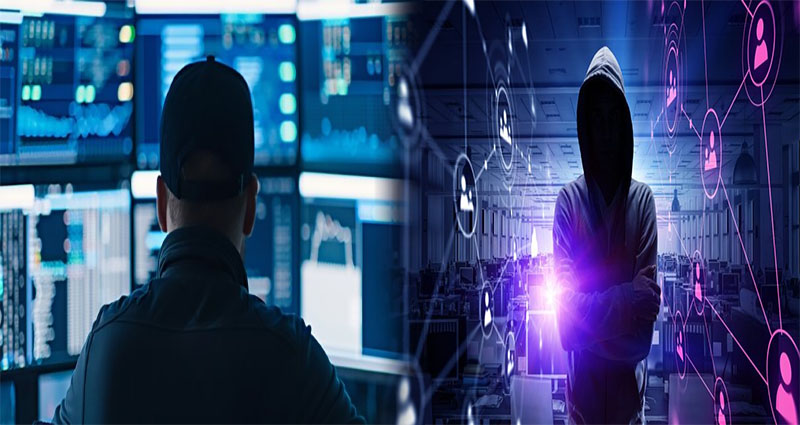Average Salary and Career Outlook for Cybersecurity Analysts in Major Cities
As businesses and organizations worldwide continue to face the ever-present threat of cyber attacks, the demand for cybersecurity analysts has surged, leading to lucrative career opportunities in major cities. Here’s an overview of the average salary and career outlook for cybersecurity analysts in some of the most prominent cities across the globe:
New York City, USA:
Average Salary: The average annual salary for cybersecurity analysts in New York City is approximately $98,000, according to data from Indeed and Glassdoor.
Career Outlook: With its status as a global financial hub and a thriving technology sector, New York City offers abundant career prospects for cybersecurity analysts, especially in banking, finance, and technology firms.
London, UK:
Average Salary: Cybersecurity analysts in London command an average annual salary of around £50,000, reflecting the high demand for cybersecurity expertise in the UK.
Career Outlook: London’s prominence as a major … Continue reading >>>












